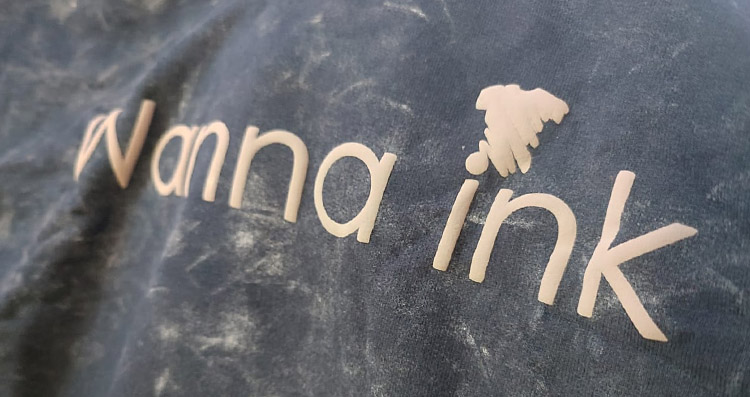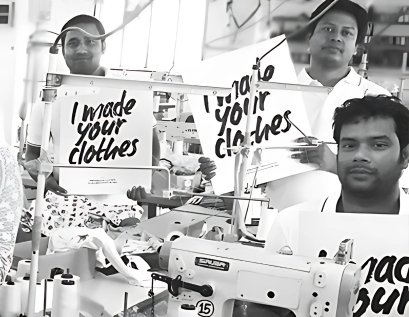Vinyl Puff Printing vs. Screen Puff Printing

Vinyl Puff vs Screen Puff Printing—The Puff Battle Begins! 🔥
When it comes to Vinyl Puff vs Screen Puff Printing, choosing the right technique can make or break your custom apparel game. Adding depth and texture to custom t-shirts and hoodies is a game-changer in the fashion and printing industry. Puff printing gives designs a bold, raised, 3D effect, making prints stand out like never before. However, when it comes to puff printing techniques, there are two major options—vinyl puff printing and screen puff printing.
Both methods offer unique benefits, but which one is better for durability, quality, and customization? In this guide, we’ll break down the differences between vinyl puff vs screen puff printing to help you choose the best option for your brand or business.
1. What is Vinyl Puff Printing?
🎨 Definition & Process
Vinyl puff printing uses heat transfer vinyl (HTV) with a puff effect that expands when heat is applied. The design is first cut from a special puff vinyl sheet, then pressed onto fabric using a heat press, causing it to expand and create a raised textured print.
✅ Key Features of Vinyl Puff Printing:
✔ Bold & Thick 3D Effect – Creates a raised, high-contrast texture.
✔ Best for Simple Designs – Works great for logos, letters, and bold graphics.
✔ Durability Depends on Care – Lasts long with proper washing but may peel over time.
✔ Limited Color Selection – Vinyl colors are pre-made, so customization is limited.
💡 Best Used For: Small-run custom designs, bold lettering, and streetwear t-shirts.
2. What is Screen Puff Printing?
🎨 Definition & Process
Screen puff printing is a variation of screen printing where a special puff additive is mixed into plastisol ink. When heated, the ink expands, creating a soft, raised print with a smooth, spongy texture.
✅ Key Features of Screen Puff Printing:
✔ Softer, More Natural Puff Effect – The raised texture blends seamlessly with fabric, unlike vinyl.
✔ Better for Detailed Designs – Allows for complex graphics, shading, and multi-color prints.
✔ Higher Durability – More resistant to cracking and peeling than vinyl puff prints.
✔ Greater Color Flexibility – Can be custom-mixed for any shade or gradient.
💡 Best Used For: Premium custom apparel, detailed graphics, and soft-textured fashion prints.
3. Vinyl Puff vs Screen Puff Printing: Key Differences
💡 Conclusion: If you need a bold, thick look for simple graphics, go for vinyl puff printing. Screen puff printing is the way to go if you want a soft, detailed, long-lasting effect.
4. Pros and Cons of Vinyl Puff vs Screen Puff Printing
✅ Vinyl Puff Printing Pros & Cons
✔ Great for bold, thick, and high-contrast designs.
✔ No ink mixing—just cut and press!
✔ Affordable for small-run custom prints.
❌ Limited to pre-made colors.
❌ Can crack or peel with repeated washing.
❌ Not ideal for intricate designs.
✅ Screen Puff Printing Pros & Cons
✔ Seamless, smooth puff effect that blends with fabric.
✔ Fully customizable ink colors and gradients.
✔ More durable than vinyl puff printing.
❌ Higher setup cost, best for larger batches.
❌ Requires experienced screen printers.
💡 Best Choice: If you want affordable, thick designs for simple logos, vinyl puff printing is a great option. Screen puff printing is the superior choice if you need long-lasting, soft-touch, high-quality printing.
5. Which Puff Printing Method is Best for Your Brand?
Choosing between vinyl puff and screen puff printing depends on your needs:
🔥 Go for Vinyl Puff Printing If:
✔ You need small-batch, custom designs.
✔ Your design has bold, simple text or graphics.
✔ You want a thick, rubbery, raised effect.
💎 Go for Screen Puff Printing If:
✔ You want a high-end, soft-touch, durable print.
✔ Your design includes multiple colors or fine details.
✔ You’re producing a larger batch of t-shirts or hoodies.
💡 Pro Tip: If you're running a streetwear brand, combining both techniques can create a unique layered 3D effect!
6. How to Ensure High-Quality Puff Printing on Your Apparel
To get the best puff print t-shirts, hoodies, or custom apparel, keep these tips in mind:
✔ Work with professional printers experienced in puff printing.
✔ Choose the right fabric—cotton and fleece work best for puff printing.
✔ Test different colors and finishes to achieve your desired look.
✔ Proper washing care—wash inside out, in cold water, and air dry for longevity.
FAQs About Vinyl Puff vs Screen Puff Printing
Screen puff printing is more durable and less likely to peel or crack over time.
Yes! Some designs use both techniques for a layered, multi-textured effect.
Both work well! Vinyl puff printing is great for bold logos, while screen puff printing is better for detailed designs.
Yes! Vinyl puff printing is more affordable for small runs, while screen puff printing is best for larger bulk orders.
Final Thoughts: Which Puff Printing Method Wins?
✔ If you need bold, thick graphics with limited colors, choose vinyl puff printing.
✔ If you want a smooth, high-end, durable print with fine details, go for screen puff printing.
Both techniques offer unique 3D printing effects and can elevate your custom apparel to make it stand out!
🛍️ Ready to create puff-printed t-shirts and hoodies? Get in touch with our apparel consultants at +91 965-454-6400. They will help you with your design, select the right fabrics, and place your order.


